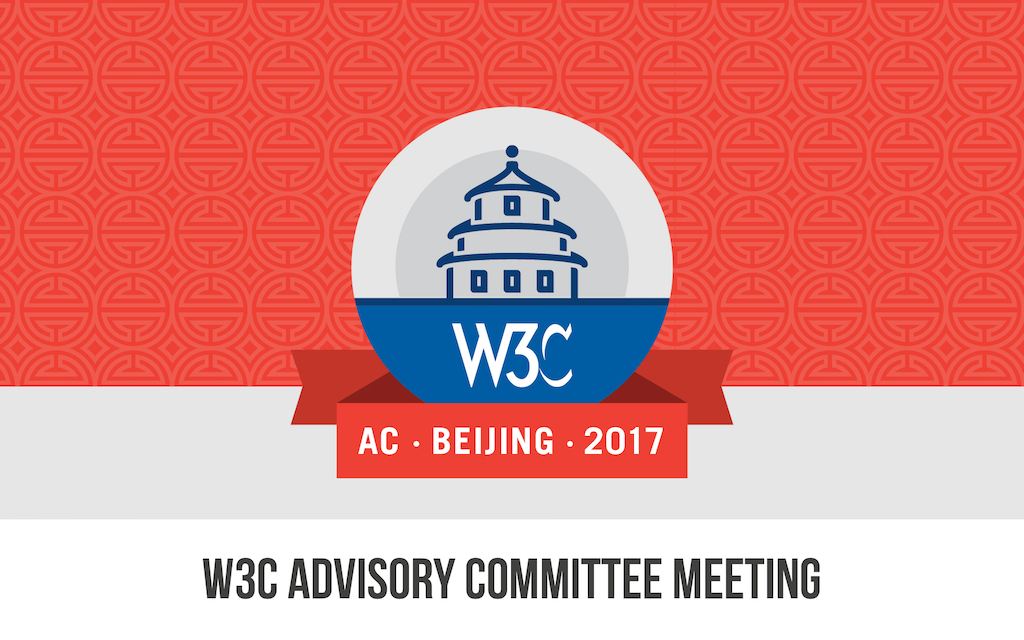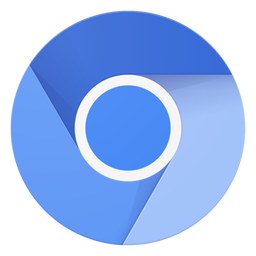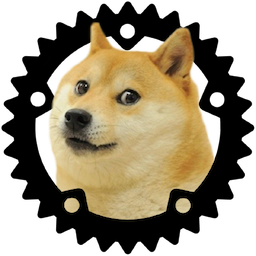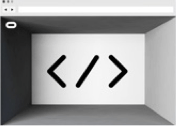WebVR
Anssi Kostiainen
Intel Corporation

W3C AC Meeting 2017

Is 2016 The Year of Virtual Reality? [...] Content is critical for VR
Virtual Reality is about to go mainstream, but a lack of content threatens to hold it back
Why 2016 Was Not The Year of Virtual Reality
In short, without available content your VR headset is not very useful

Inspired by the Extensible Web Manifesto







| May 2014 | Mozilla's VR Research kicked off |
|---|---|
| Dec 2015 | W3C Headlight Project identified |
| Mar 2016 | W3C Community Group created |
| Oct 2016 | W3C Workshop organized |
| Feb 2017 | W3C Working Group Charter drafted |
| Mar 2017 | W3C Working Group Advance Notice sent |
| Next up | W3C Working Group created? |
As Virtual Reality product and solutions are gaining momentum, we should make sure we understand if and how the Web can play a role in this space, and chart the standardization needs that emerge from it.
[Workshop participants] recognized the strong prospects already opened by existing and in-development Web APIs, in particular the WebVR API that was highlighted as an important target for near-term standardization, as well as the high priority of making the Web a primary platform for distributing 360° videos. They also identified new opportunities that would be brought by enabling traditional Web pages to be enhanceable as immersive spaces, and in the longer term, by making 3D content a basic brick available to Web developers and content aggregators.

WebVR interactions animation and Maslow’s hierarchy of a Progressive Enhancement project pyramid (Copyright with permission from Arturo Paracuellos), Tim Berners-Lee's proposal (Copyright CERN 2008), Google Cardboard (CC0), Gear VR (CC BY-SA 4.0), HTC Vive (Copyright HTC Corporation), Oculus Rift (CC BY-SA 4.0), all browser logos and trademarks are the property of their respective owners.
